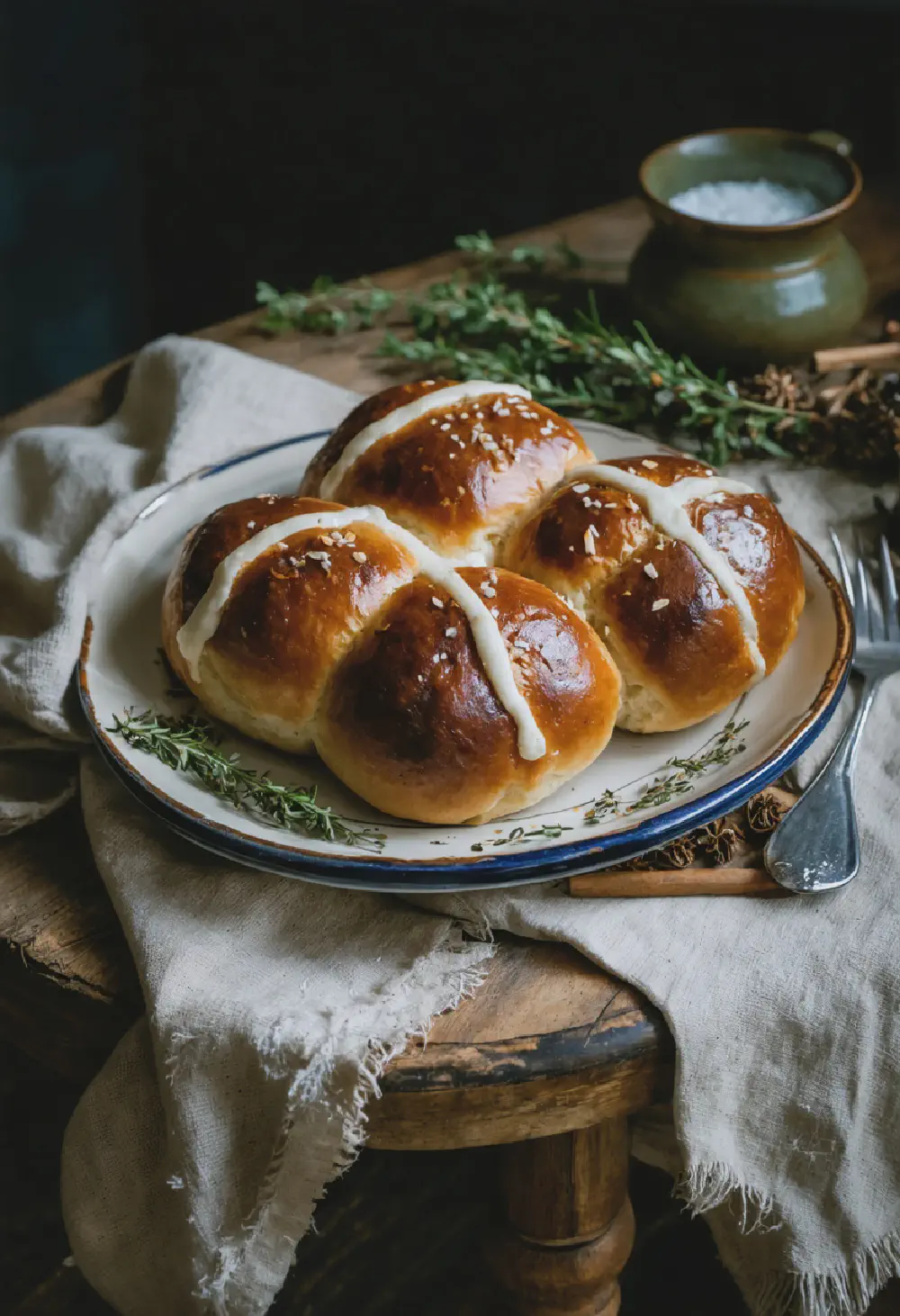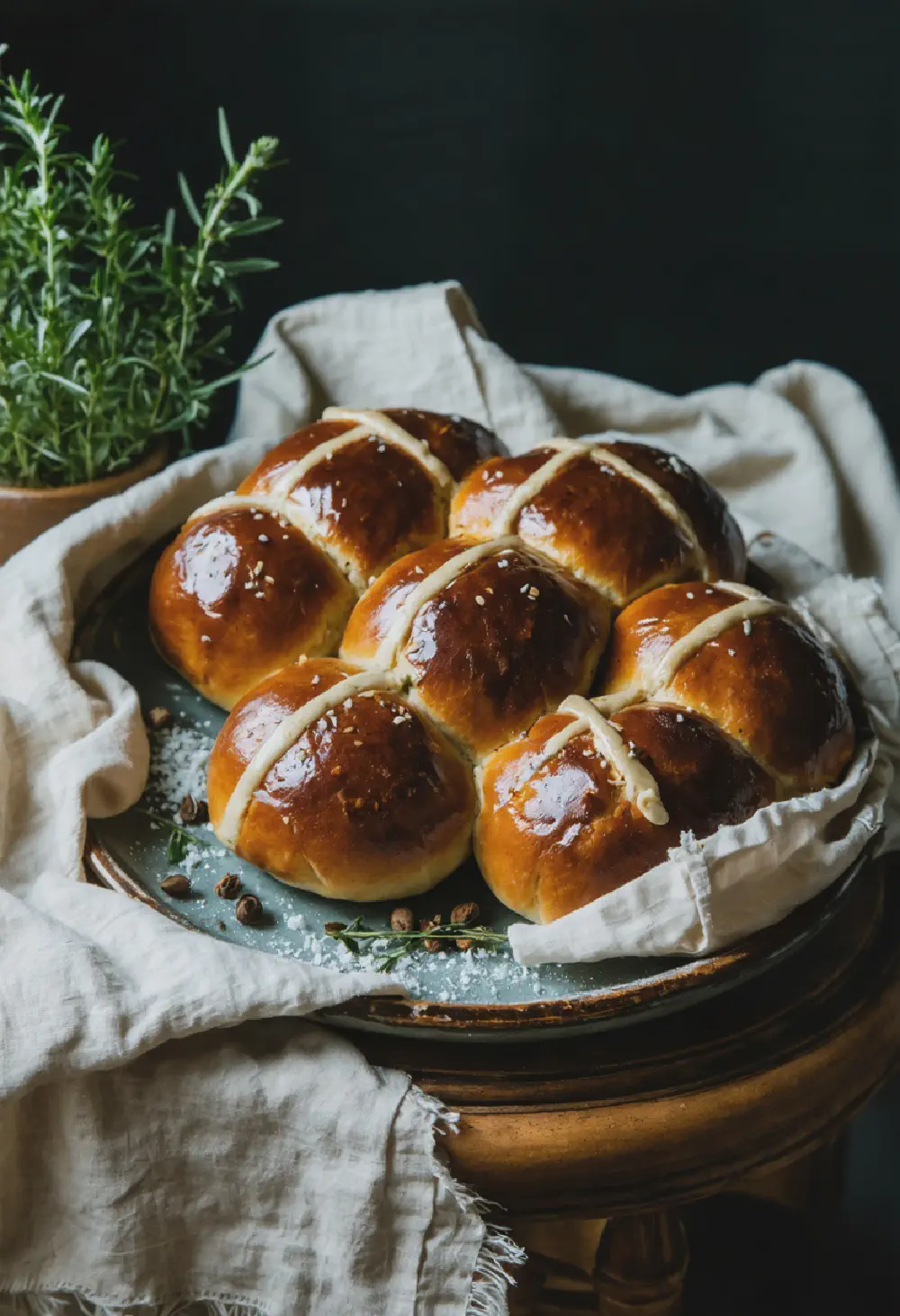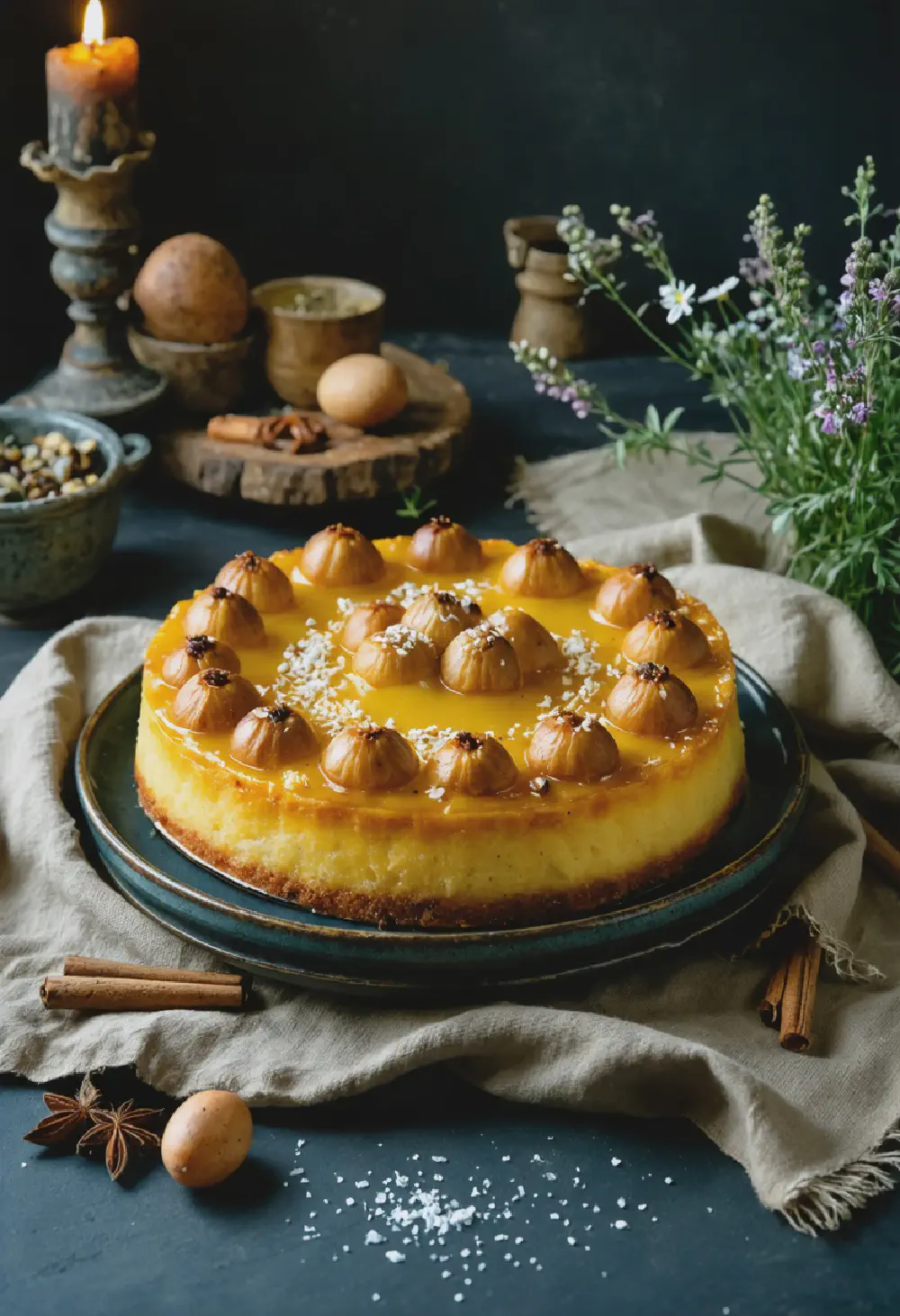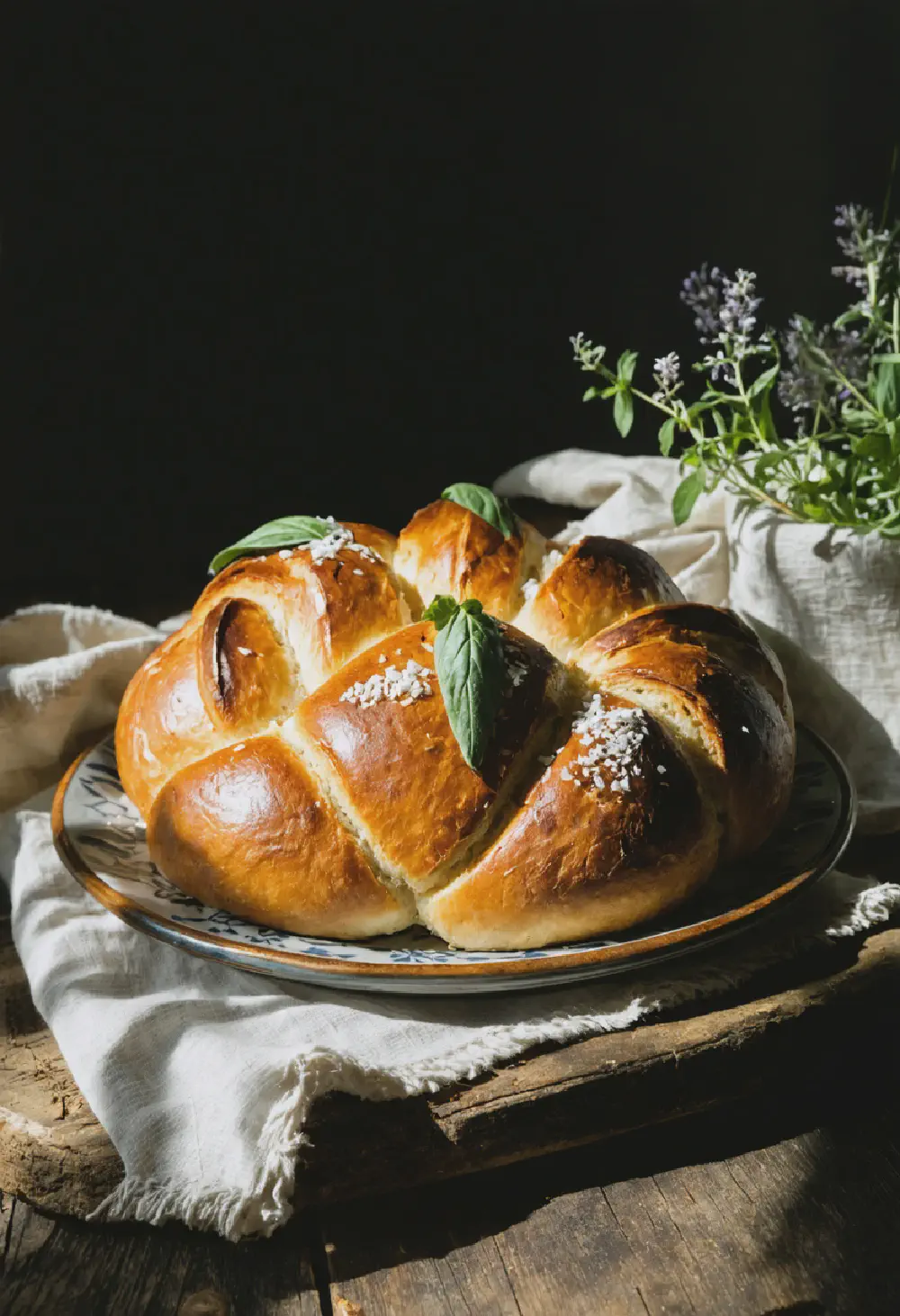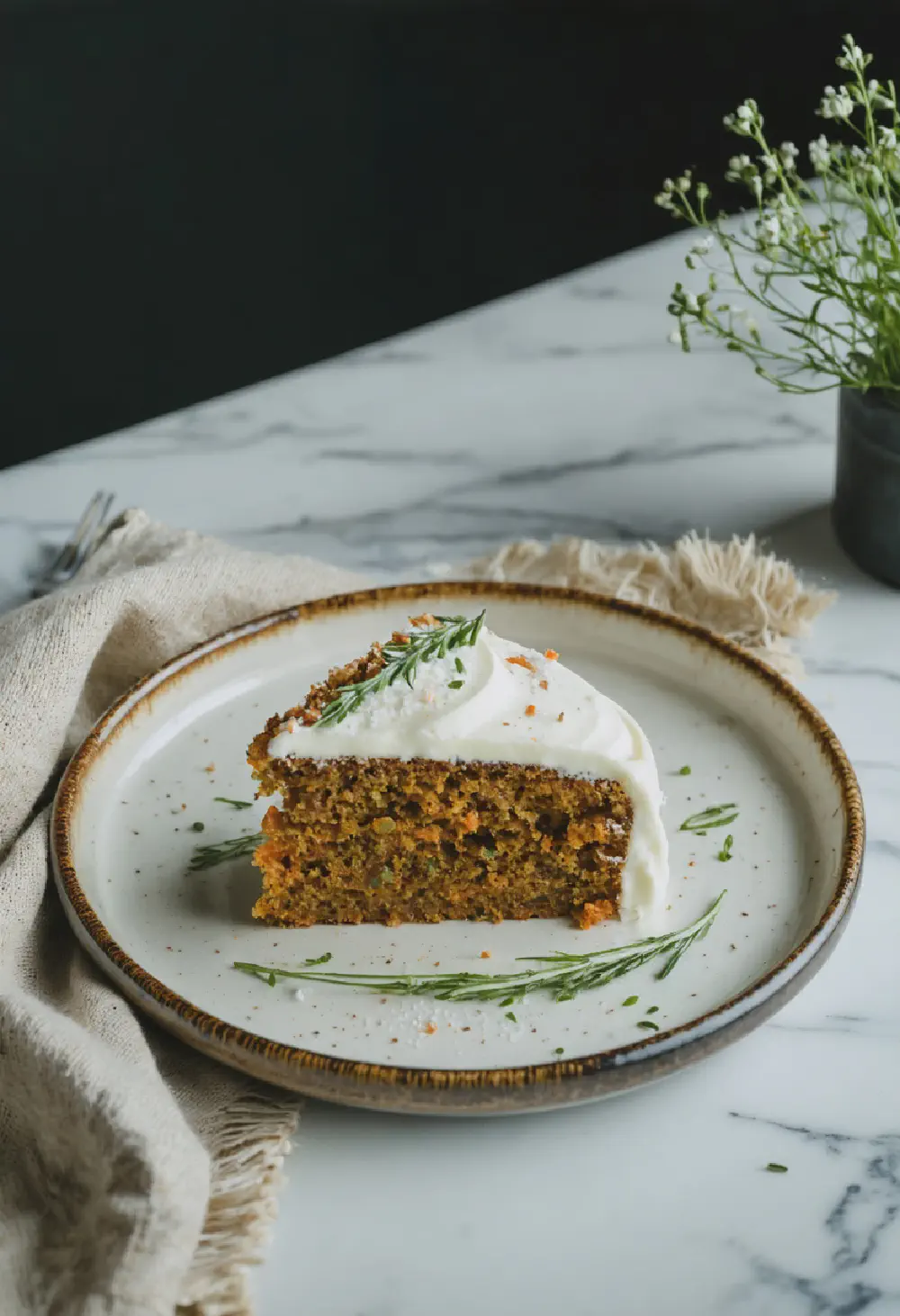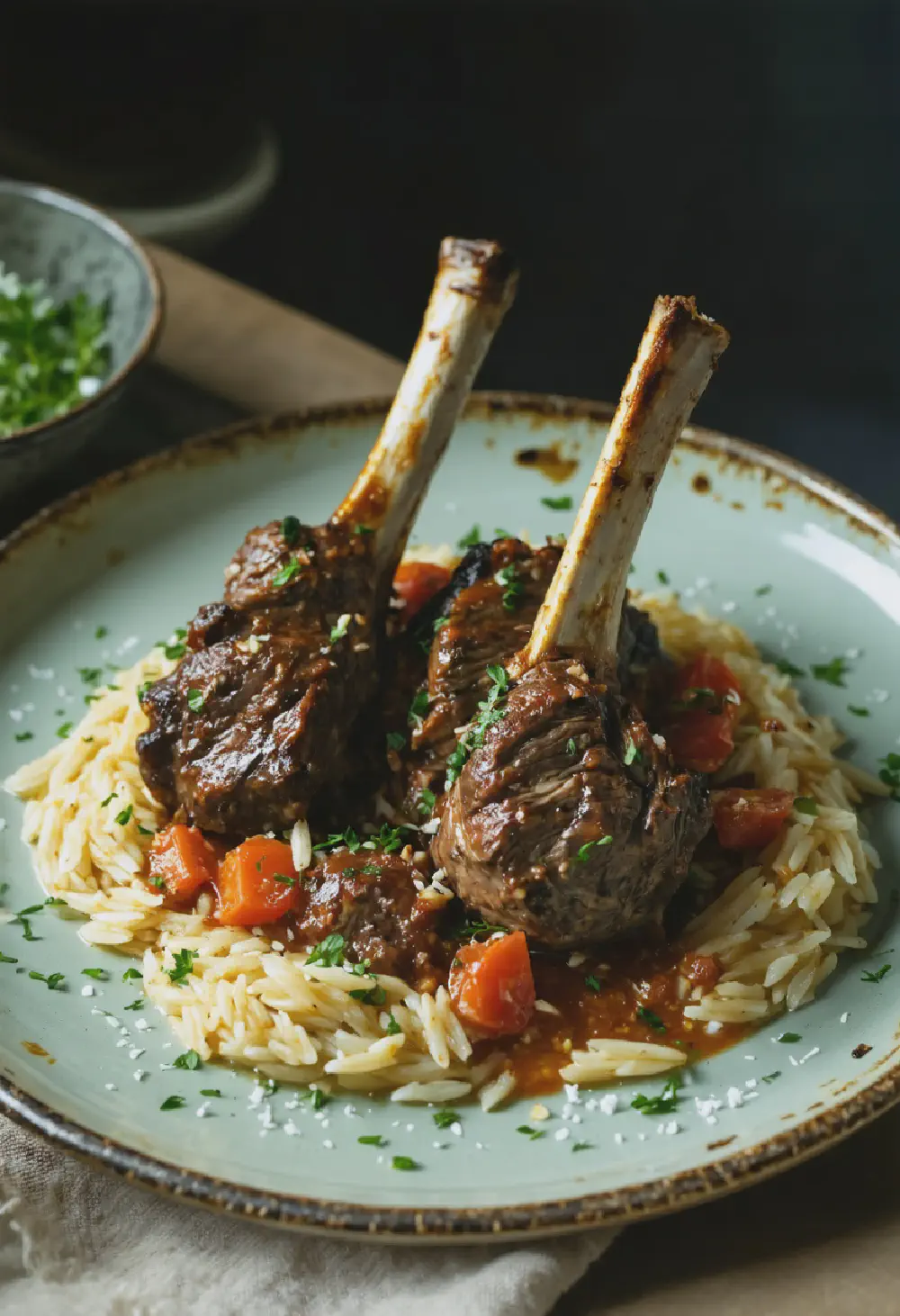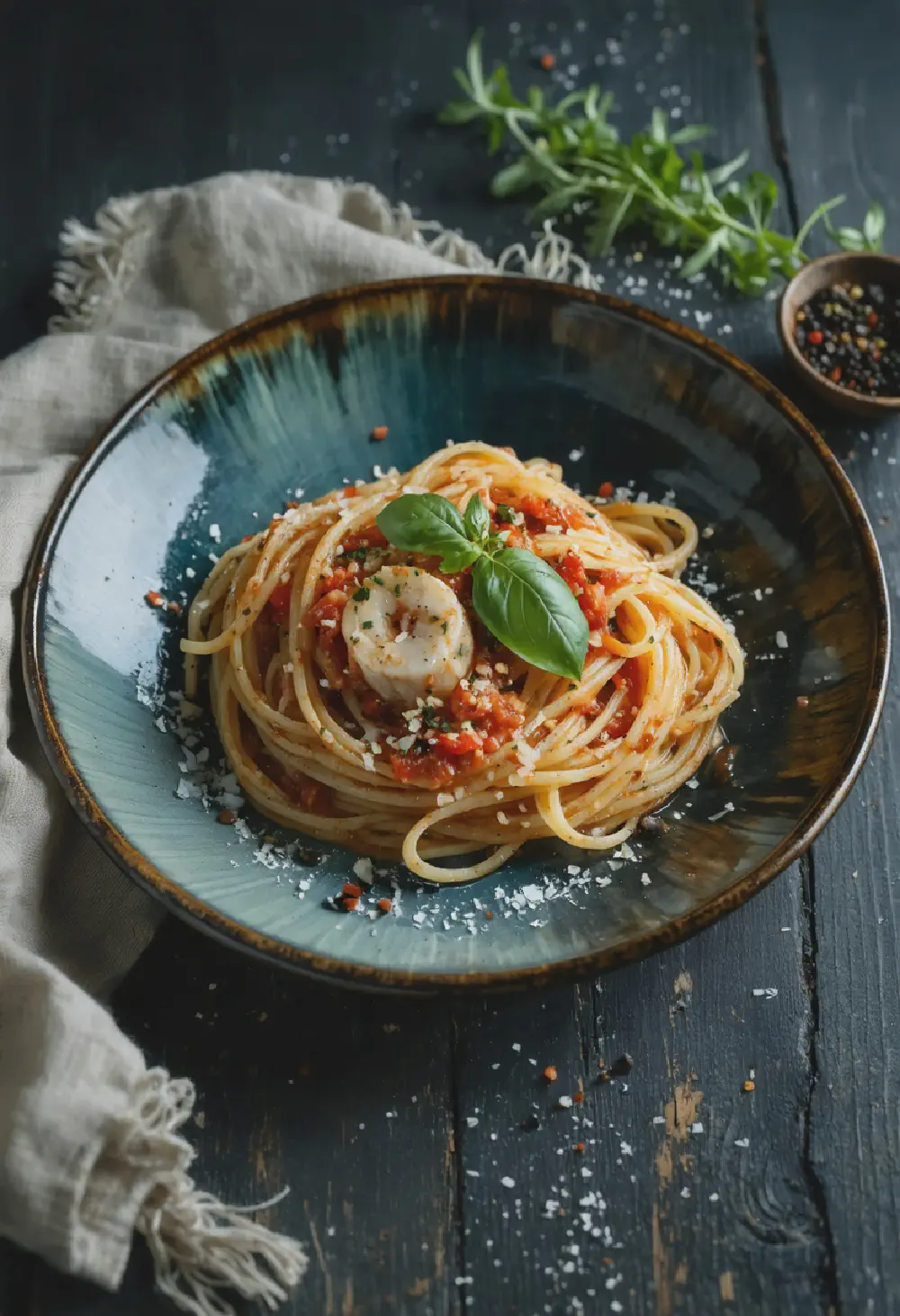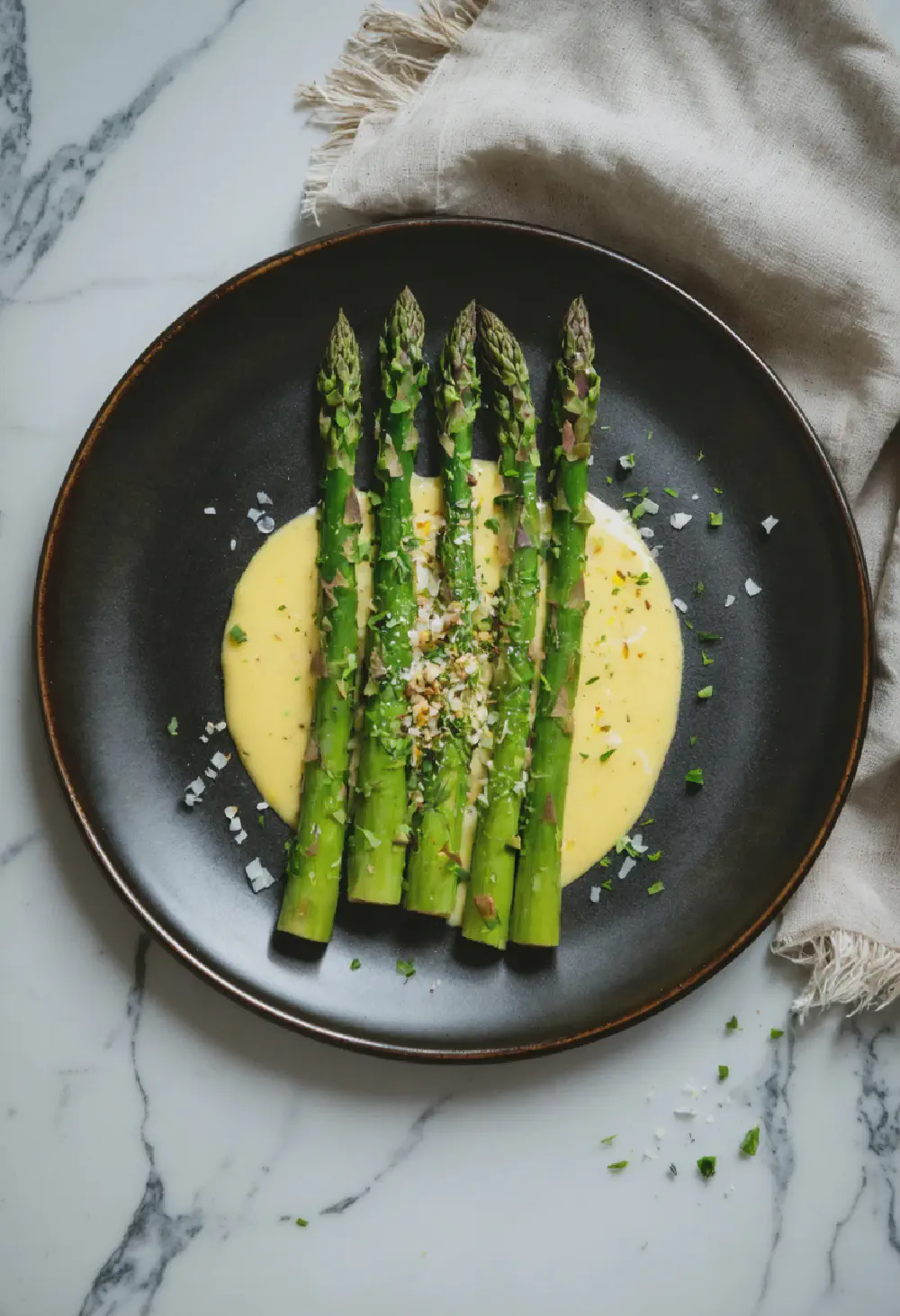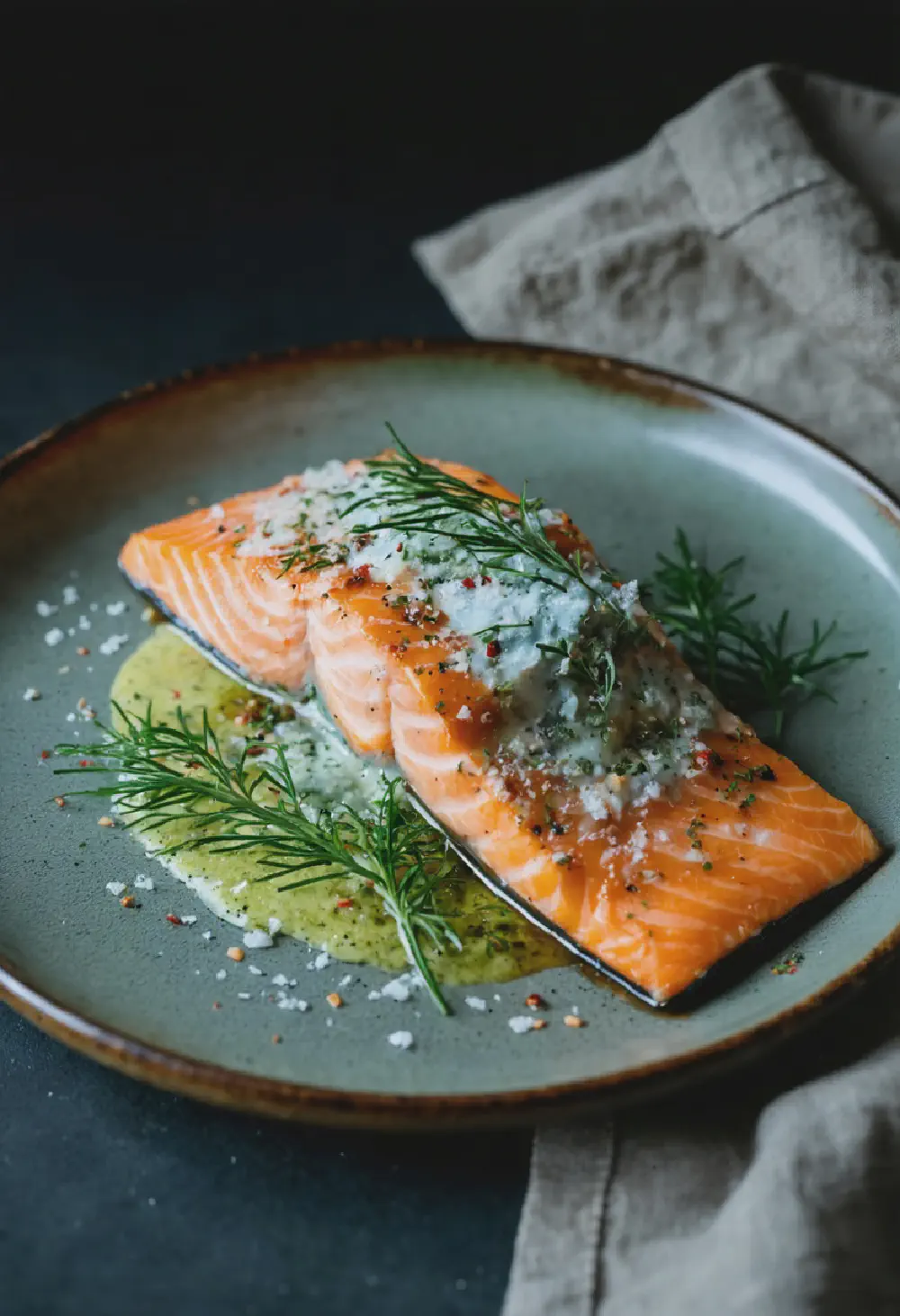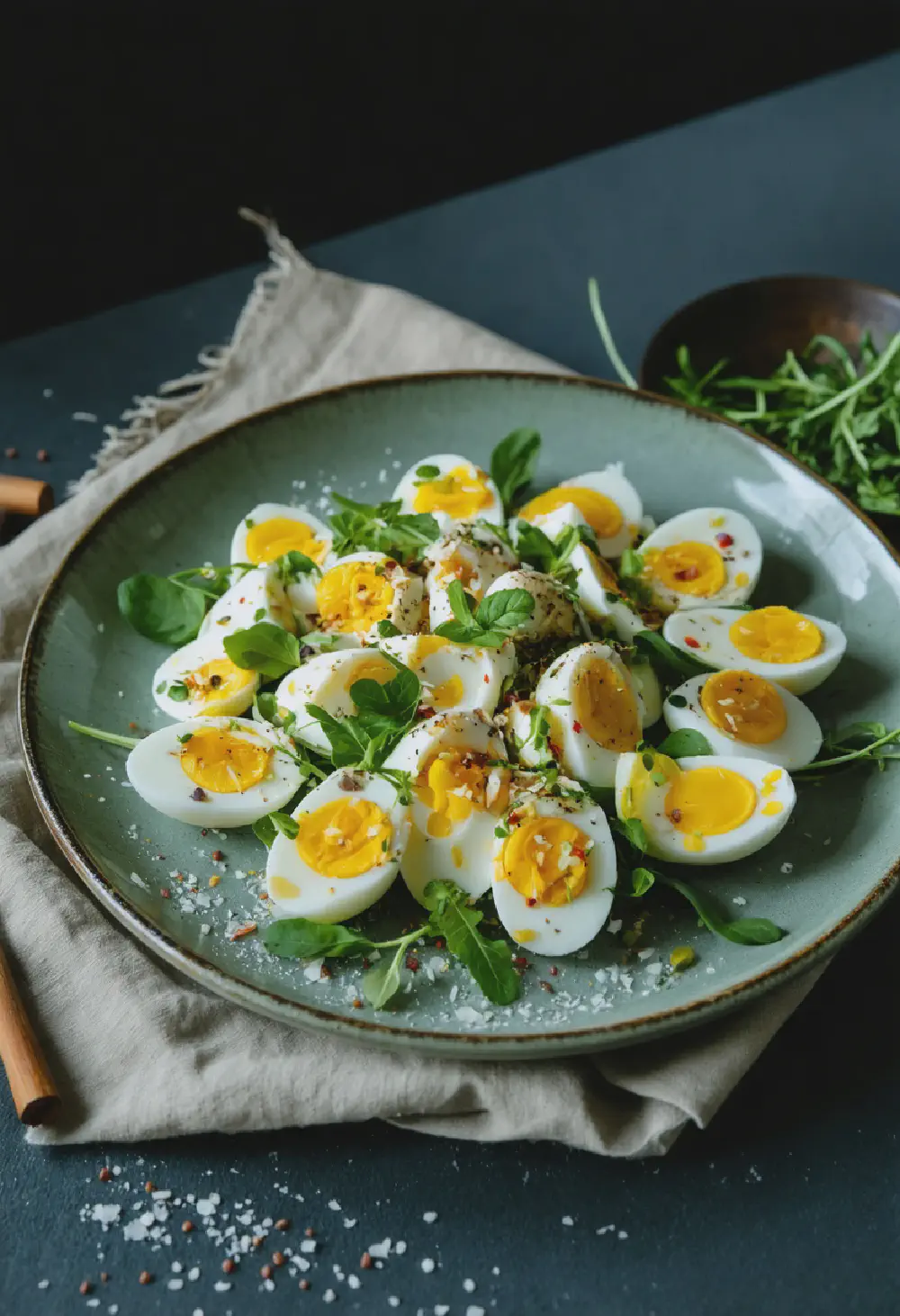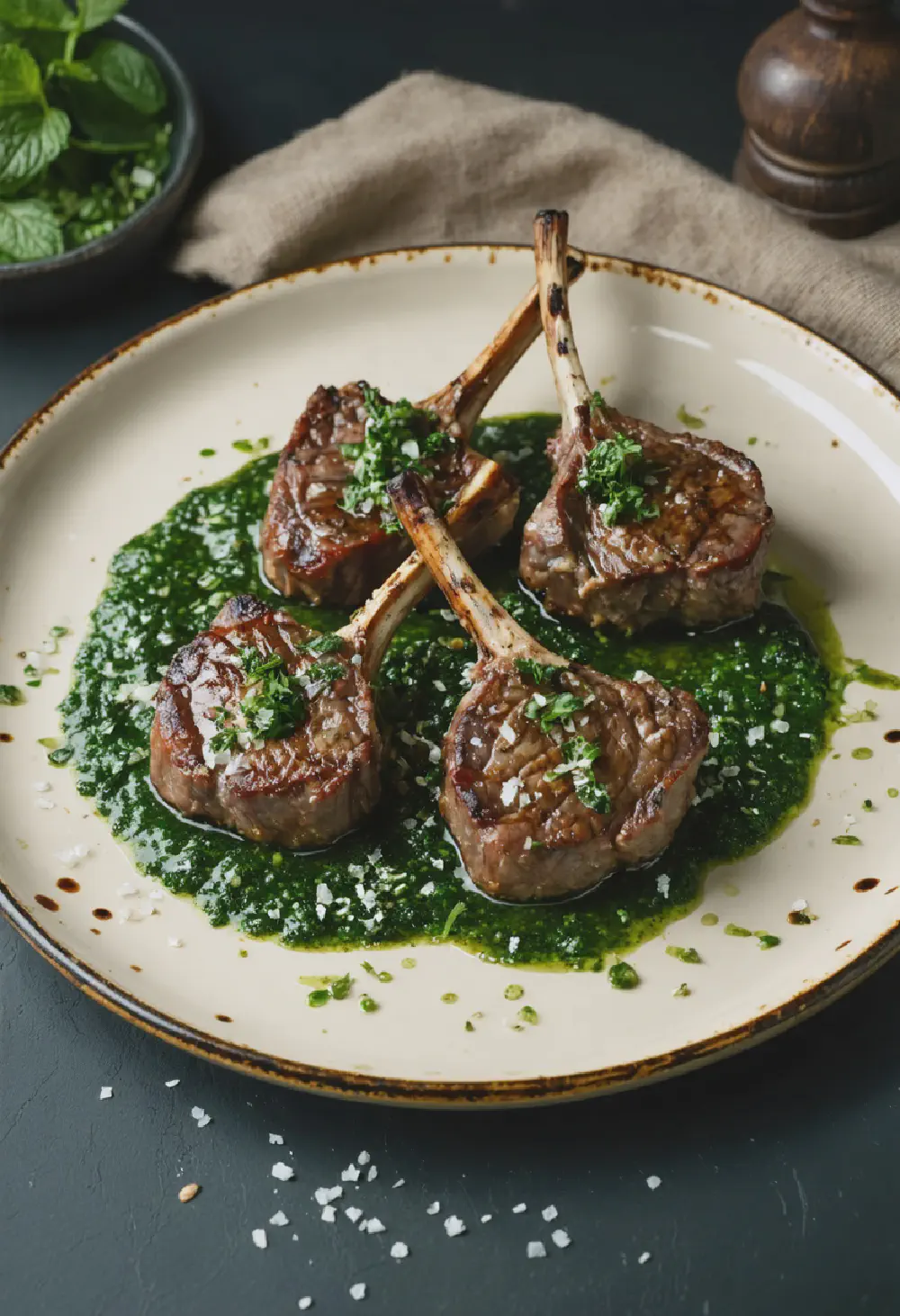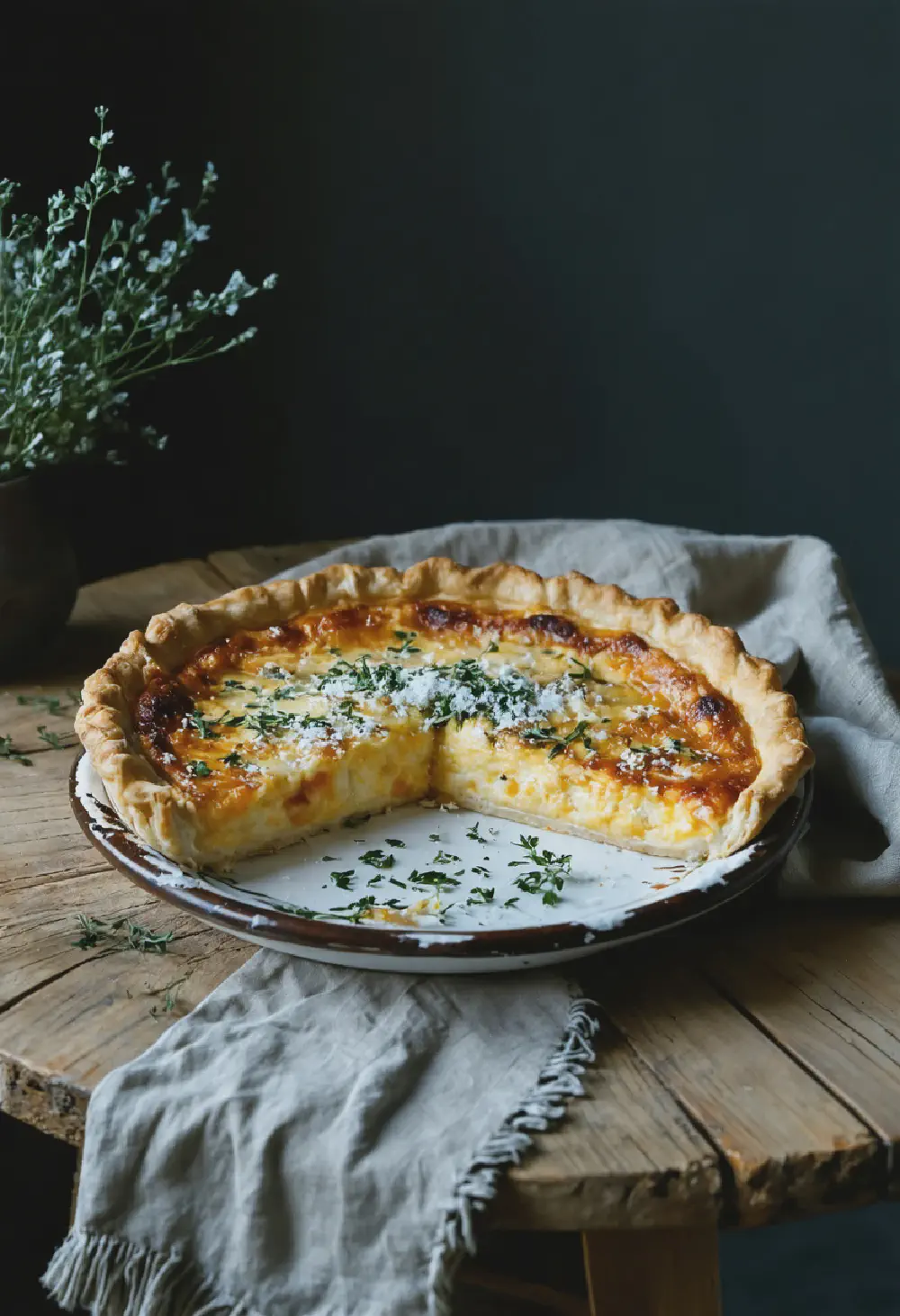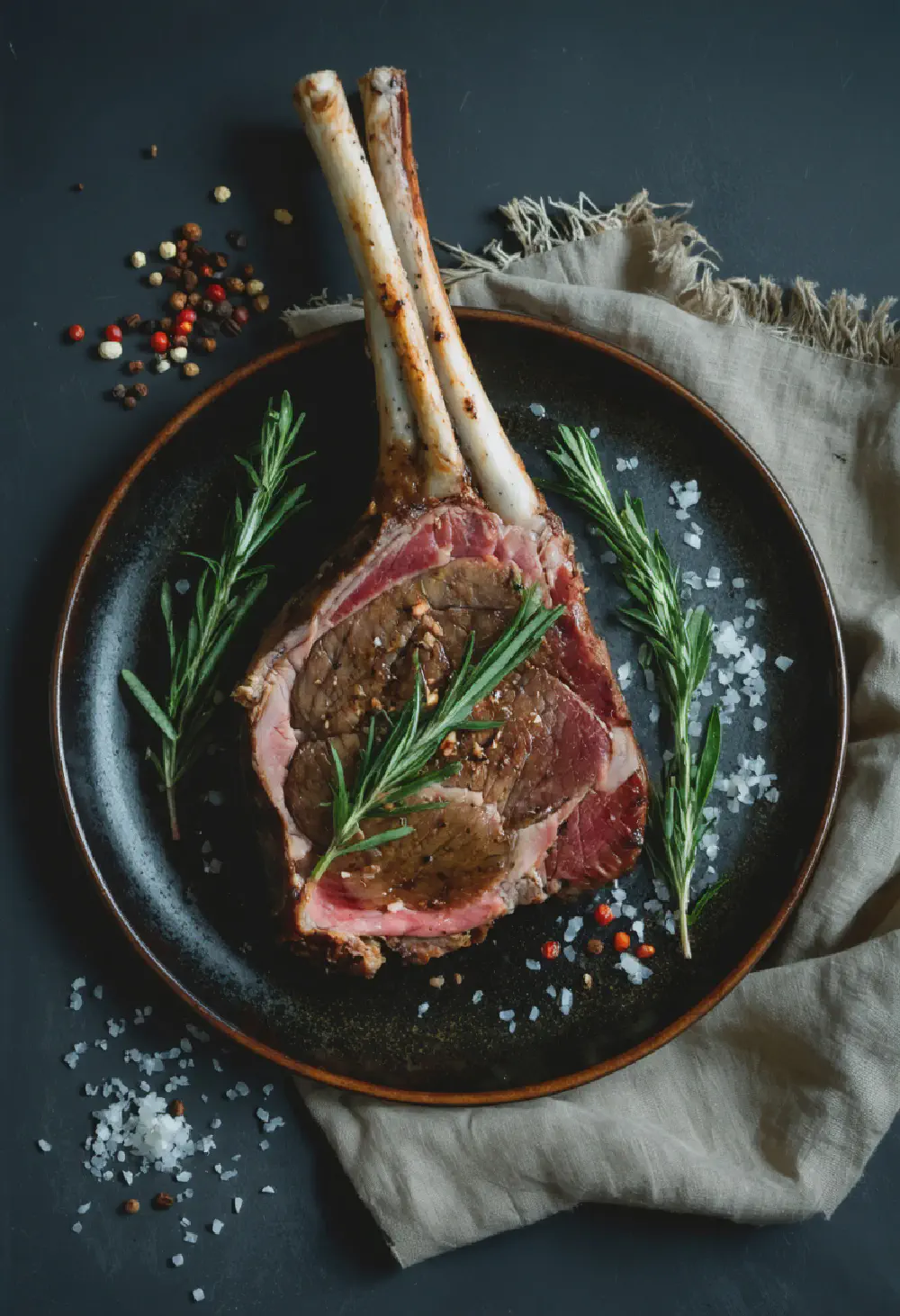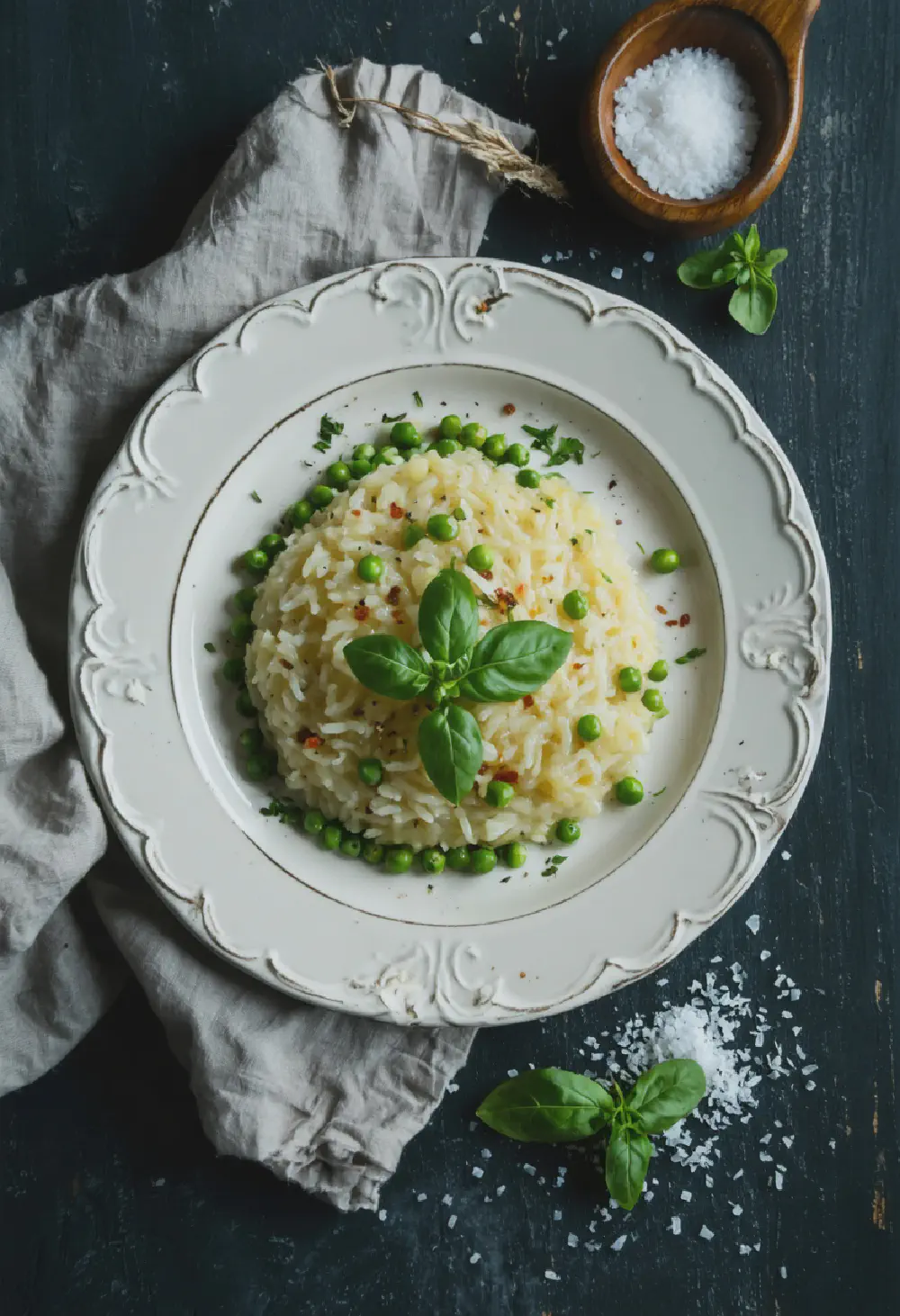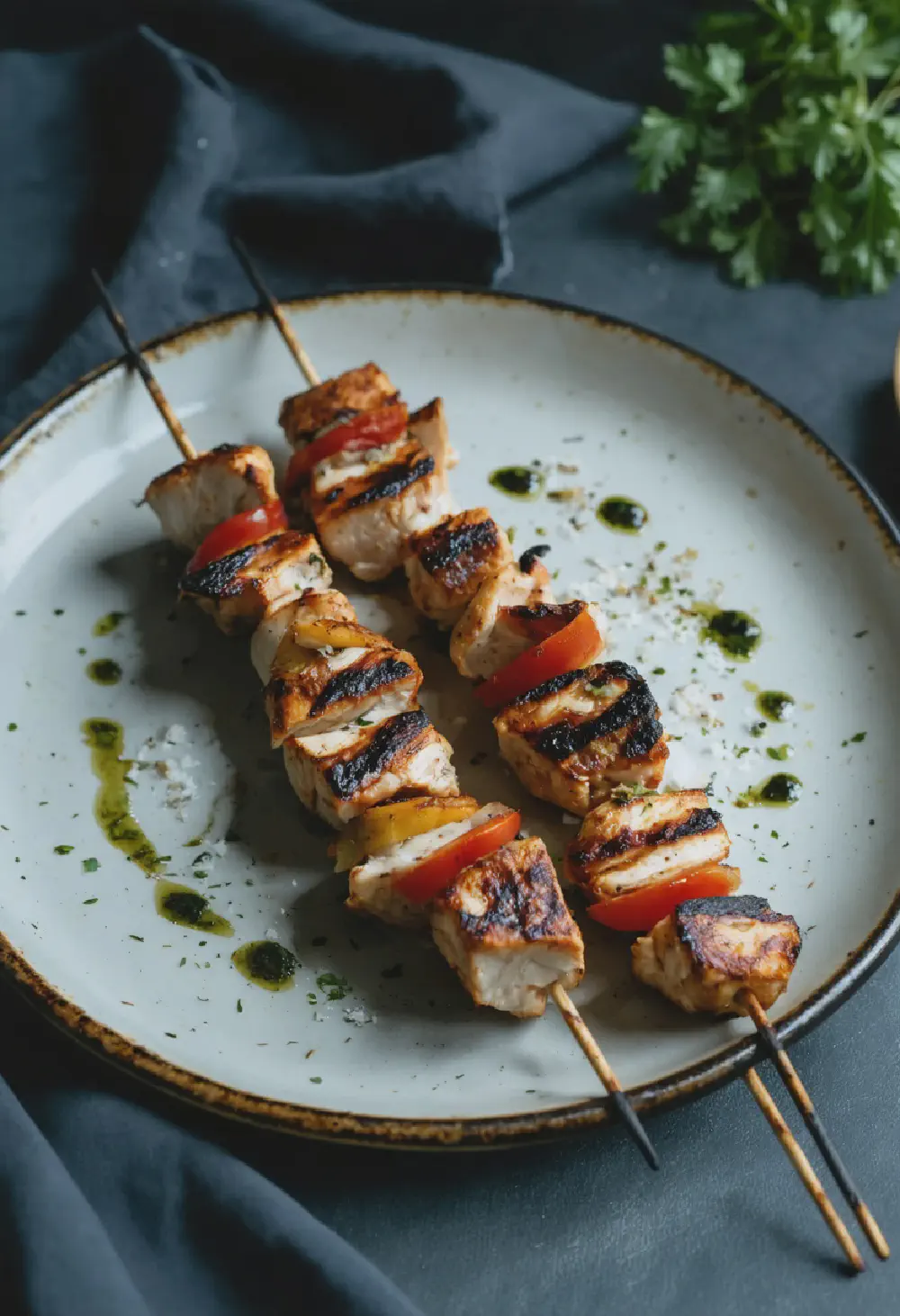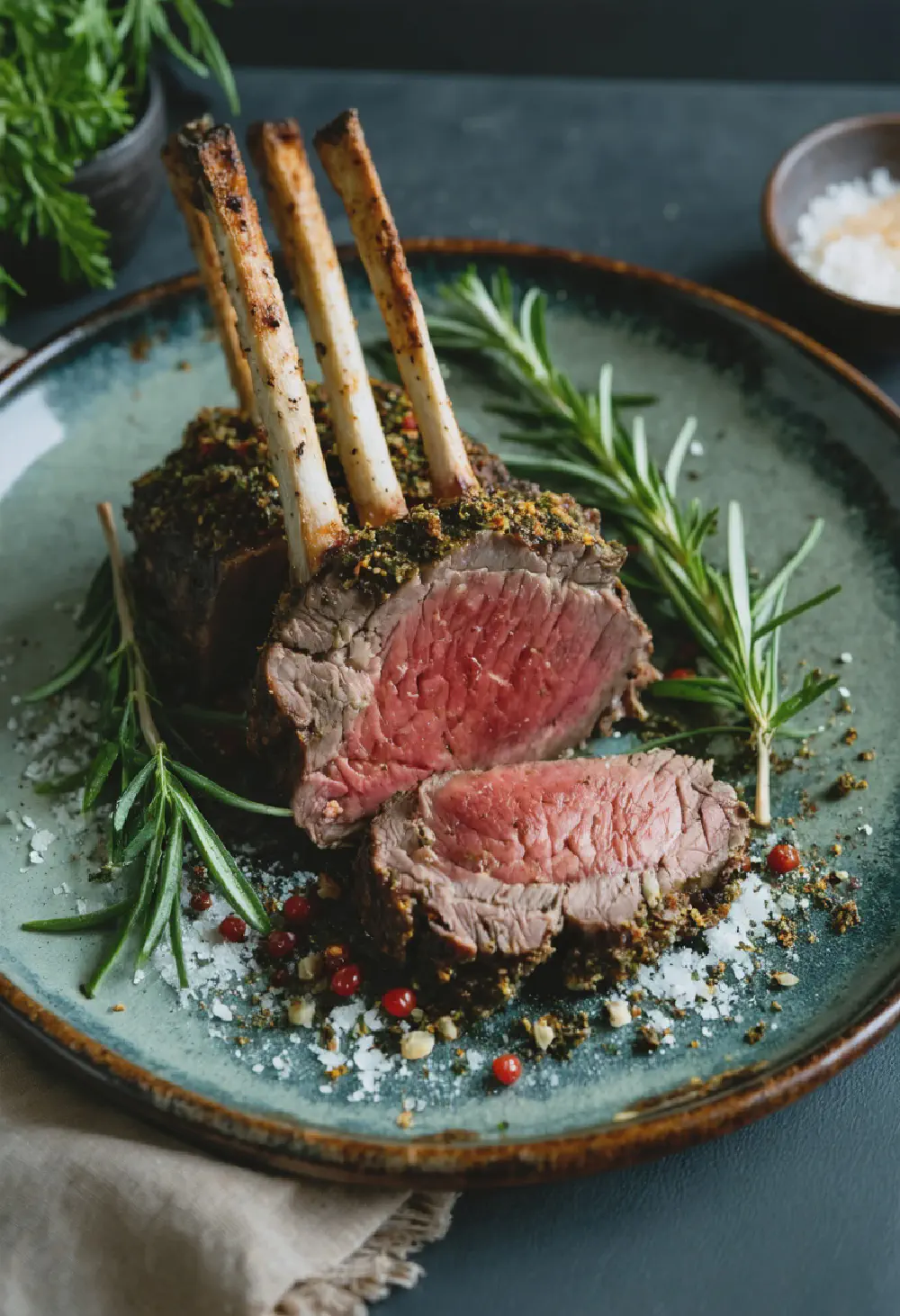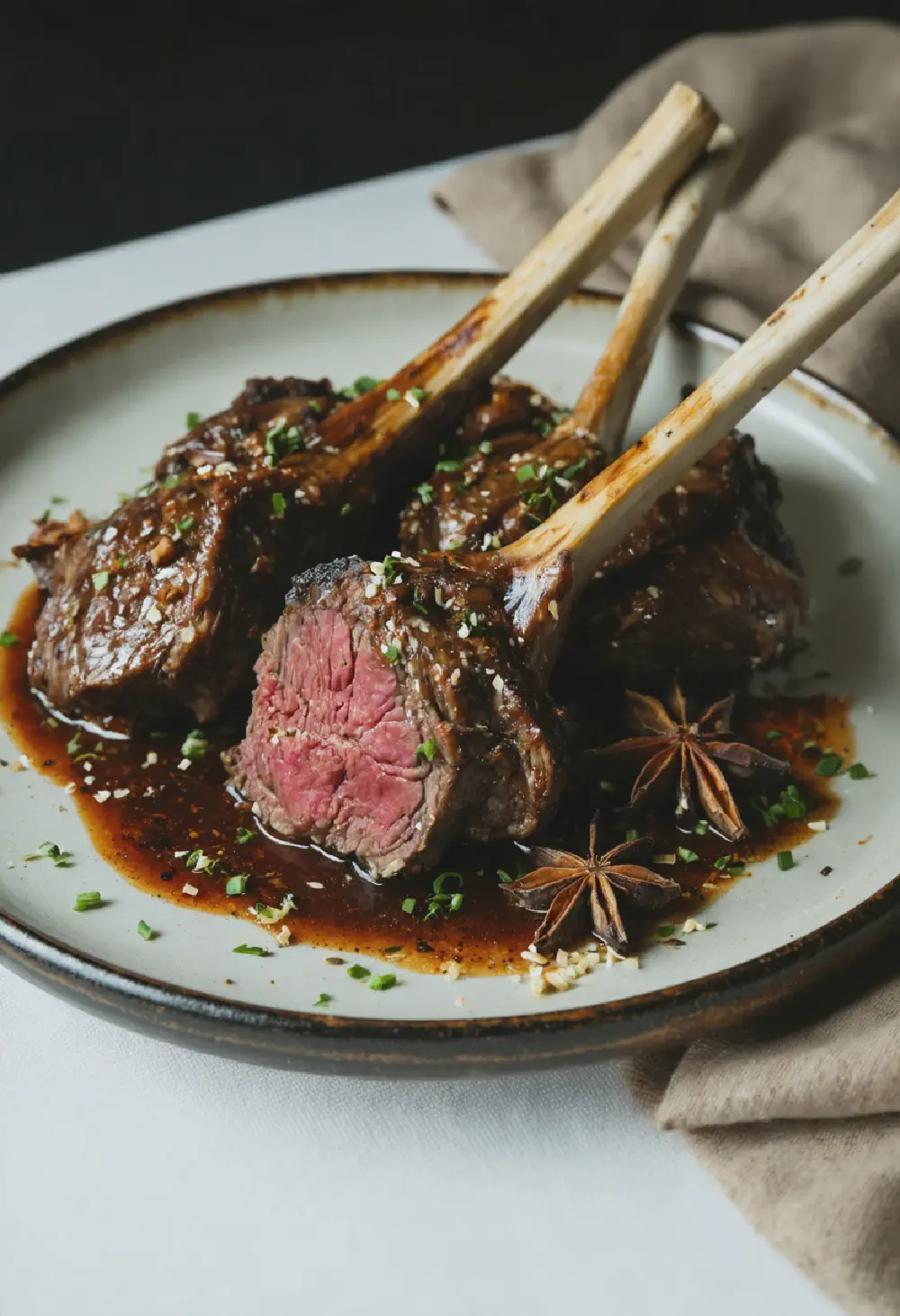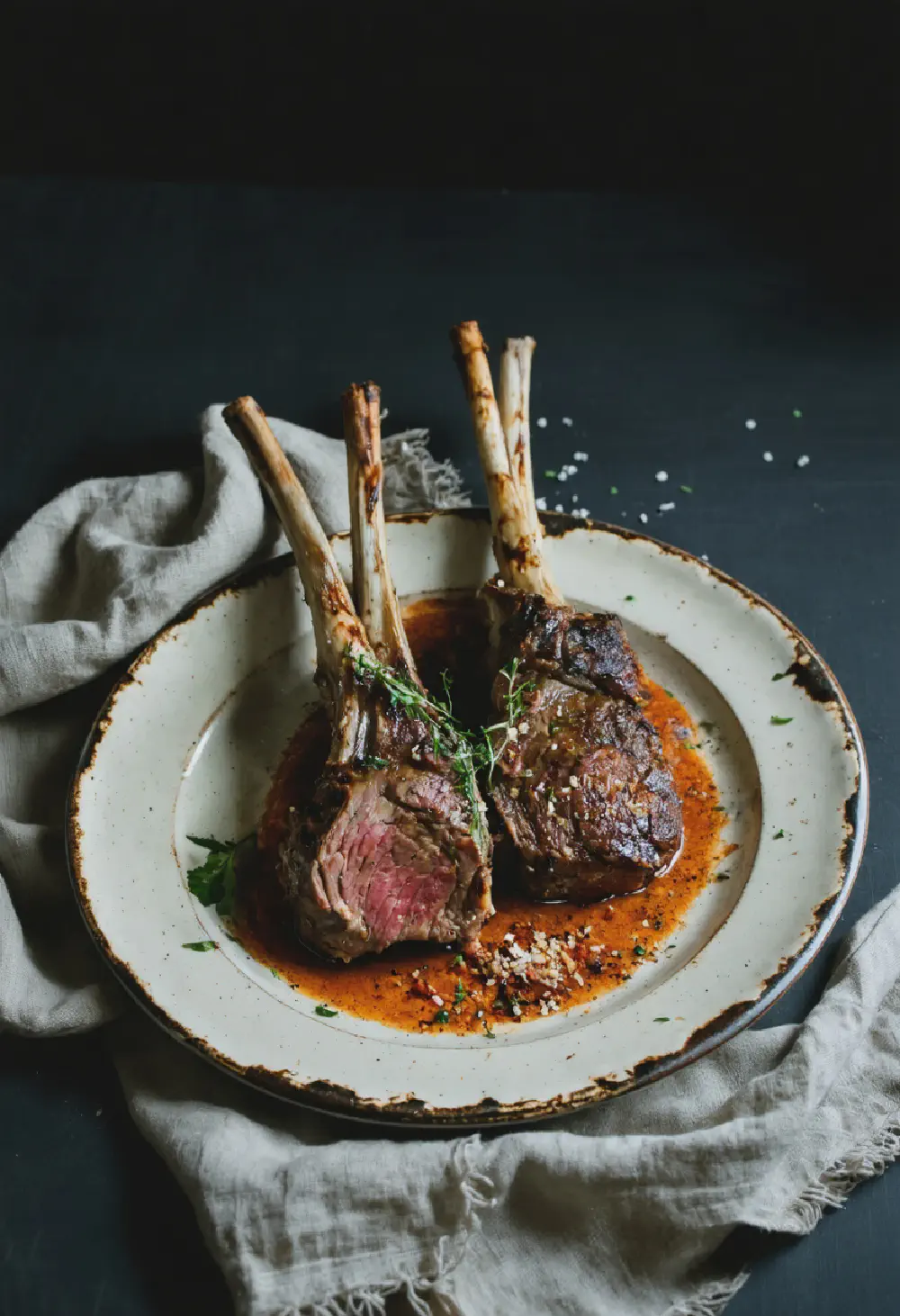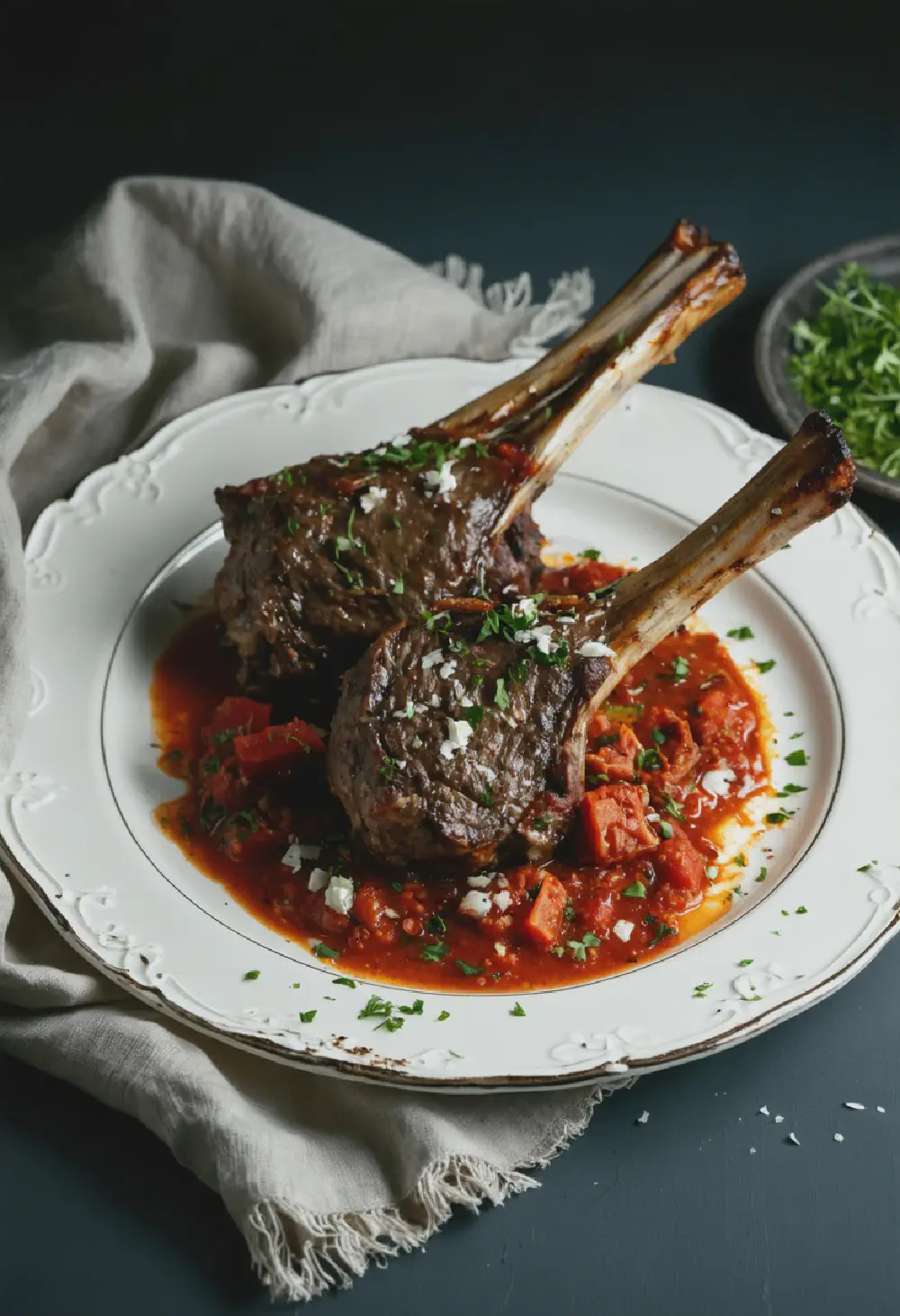Hot Cross Buns
30M
2H and 30M
- Makes 12 buns
- 500g strong white bread flour
- 75g caster sugar
- 1 tsp salt
- 7g sachet fast-action yeast
- 1 tsp ground cinnamon
- 1/2 tsp ground nutmeg
- 50g unsalted butter, cut into small pieces
- 200ml milk
- 2 eggs, beaten
- 150g mixed dried fruit (currants, raisins, sultanas)
- 50g mixed peel
- 2 tbsp plain flour (for the cross)
- 2 tbsp water (for the cross)
- 2 tbsp apricot jam (for the glaze)
- In a large bowl, combine the flour, sugar, salt, yeast, cinnamon, and nutmeg. Rub in the butter until the mixture resembles breadcrumbs.
- Warm the milk slightly and mix it with the beaten eggs. Make a well in the center of the dry ingredients and pour in the milk and egg mixture. Mix until a soft dough forms.
- Knead the dough on a floured surface for about 10 minutes until smooth and elastic. Add the dried fruit and mixed peel, kneading until evenly distributed.
- Place the dough in a greased bowl, cover with a damp cloth, and let it rise in a warm place for about 1 hour, or until doubled in size.
- After rising, punch down the dough and divide it into 12 equal pieces. Shape each piece into a ball and place them on a baking tray lined with parchment paper, leaving space for them to expand. Cover and let them rise for another 30 minutes.
- Preheat the oven to 200°C (400°F). Mix the plain flour with water to make a thick paste for the cross. Spoon into a piping bag and pipe a cross on top of each bun.
- Bake the buns for 15-20 minutes until golden brown. While the buns are baking, heat the apricot jam with a little water to make a glaze.
- Once the buns are out of the oven, brush them with the warm apricot glaze. Allow to cool slightly before serving.
Hot Cross Buns: A Traditional British Easter Delight
History
Hot Cross Buns have a rich history that dates back centuries, deeply rooted in British culture. The origins of these spiced, sweet buns can be traced to the 12th century, when an Anglican monk named Thomas Rodcliffe is said to have distributed them to the poor on Good Friday. The cross on the buns symbolizes the crucifixion of Jesus Christ, making them a significant part of Easter celebrations. Over time, Hot Cross Buns have evolved from a religious symbol to a beloved Easter tradition across the United Kingdom and beyond. Their popularity has spread globally, but they remain a staple of British cuisine, especially during the Easter season.
Taste Profile
Hot Cross Buns are renowned for their unique and delightful taste profile. These buns are sweet, with a subtle spiciness that comes from a blend of cinnamon, nutmeg, and sometimes allspice. The dough is enriched with ingredients like butter, sugar, and sometimes dried fruits such as raisins or currants, which add a burst of sweetness and texture. The cross on top, traditionally made from a simple flour and water paste, adds a slight chewiness that contrasts beautifully with the soft, fluffy bun. The overall flavor is comforting and warm, making Hot Cross Buns a perfect treat for Easter gatherings.
Cultural Significance
In British cuisine, Hot Cross Buns hold a special place, particularly during the Easter season. They are more than just a delicious treat; they are a symbol of the holiday and a tradition that brings families and communities together. In the UK, it’s common to see bakeries and supermarkets filled with Hot Cross Buns in the weeks leading up to Easter. They are often enjoyed toasted with butter, and some families have their own unique recipes passed down through generations. The cultural significance of Hot Cross Buns extends beyond their taste, representing a connection to history, religion, and the joy of springtime celebrations. Whether enjoyed at home or shared with friends, these buns are a cherished part of British Easter traditions.
